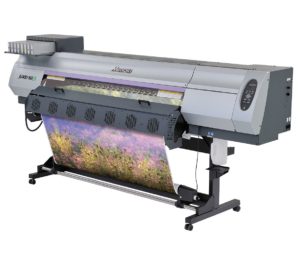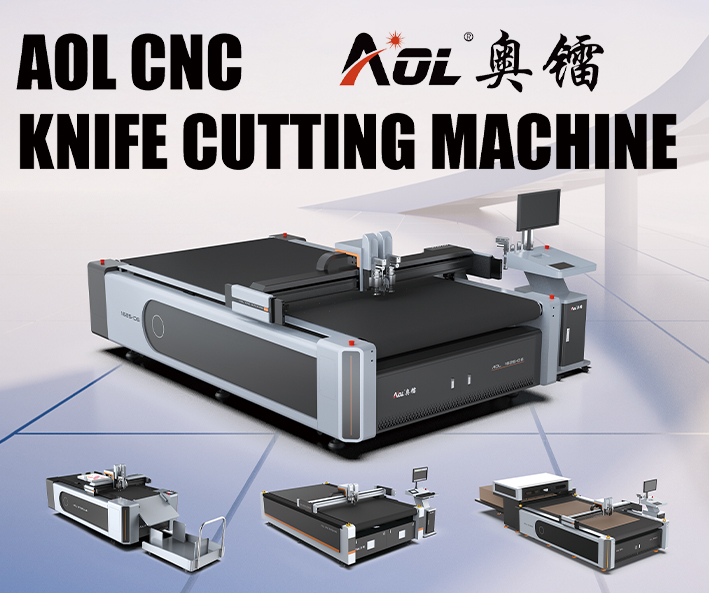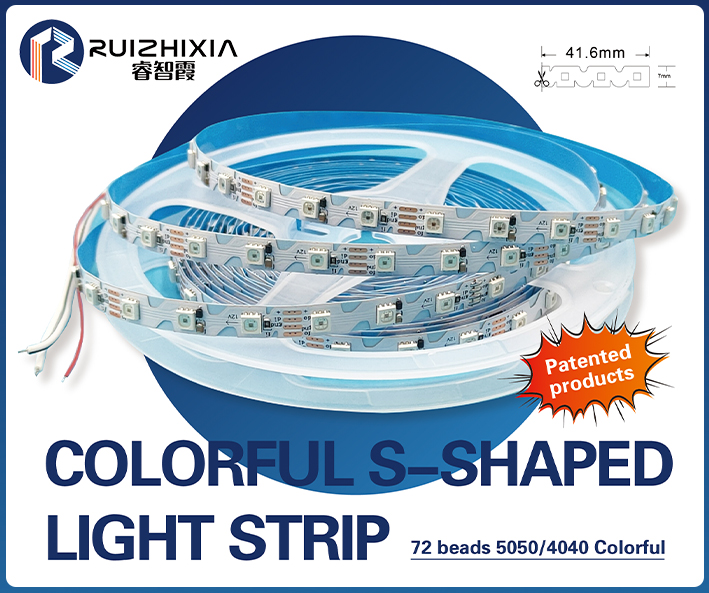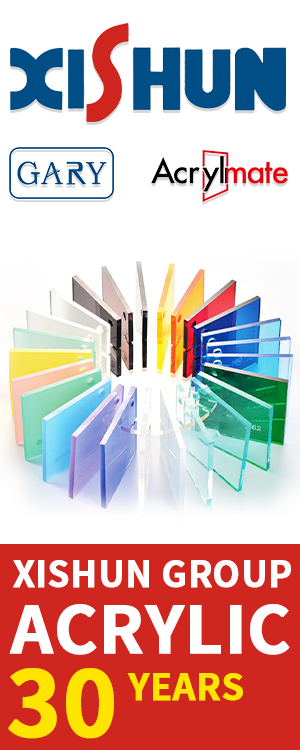
The number of printing companies in the sign and graphics community classifying themselves as ‘entirely digital’ continues to grow, according to a new industry benchmarking survey conducted by the Specialty Graphic Imaging Association (SGIA).
SGIA surveyed the businesses between January 4 and March 7, 2016, with 55.6 per cent of respondents describing their businesses as entirely digital, compared to 41.5 per cent in 2015. Multi-technology production environments with no single dominant process remained roughly as common as before (17.8 per cent in 2016 and 18.1 per cent in 2015), while mostly analogue (2.9 per cent in 2016 and 4.7 per cent in 2015) and entirely analogue (0.6 per cent in 2016 and 2.1 per cent in 2016) businesses were already rare and remained so. Rather, the high number of entirely digital businesses seems to reflect the ongoing evolution of those that were already well-versed in the technology—the survey found 23 per cent of respondents described their multi-technology operations as mostly digital, down from 33.7 per cent in 2015.
Overall, digital printing is now used by 98.9 per cent of companies in the sign and graphics sector (up slightly from 97.4 per cent in 2015), followed by screenprinting at 36 per cent (down from 43.5 per cent in 2015) and lithographic/offset printing at 20 per cent (nearly even with 23.4 per cent in 2015).
The most common new purchases for sign and graphic companies throughout 2015 were software and pre-press production tools. As for digital presses themselves, durable aqueous ‘latex’ roll-to-roll (RTR) inkjet systems less than 2.4 m (8 ft) wide topped the list for 11.5 per cent of respondents (example pictured), followed by ultraviolet-curing (UV-curing) RTR printers more than 2.4 m wide for eight per cent of participants.









